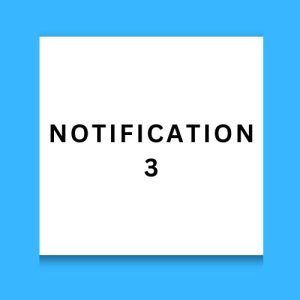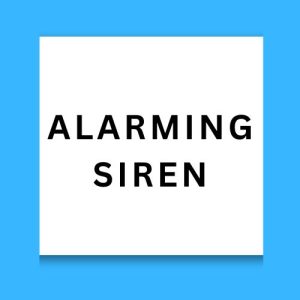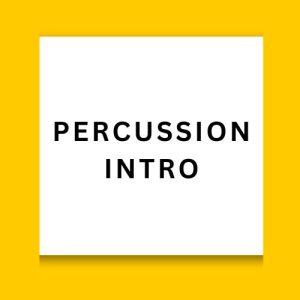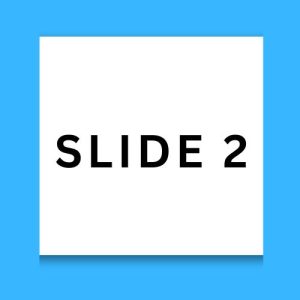Here is more free sound effects for you:
UPC:
ISRC:
ISWC:
Name: Wrong
Wrong Button Effect
In today’s digital age, the importance of auditory feedback in user interfaces cannot be overstated. Every beep, buzz, and click is meticulously crafted to enhance user experience, guiding interactions and providing immediate, intuitive feedback to actions. Among these sounds, the “Wrong” button effect plays a crucial role, especially in applications and games where error notification is pivotal. This sound effect, while simple, is integral in helping users navigate complex digital environments by signaling mistakes or incorrect actions.
The “Wrong” button effect is characterized by its sharp, distinct tone, which is usually designed to convey a sense of error or denial. It’s not just any sound—it’s a carefully designed audio cue that communicates a specific message: “That’s not right, try again.” This makes it an essential tool in user interface design, particularly in educational apps, quizzes, and games where feedback on performance is necessary for learning and progression.
Let’s explore the applications and significance of the “Wrong” button effect across various digital platforms:
Educational Apps
In educational settings, the “Wrong” button sound serves as an immediate corrective tool. It alerts learners when they select an incorrect answer, prompting them to reassess their choices and learn from mistakes without the need for extensive textual feedback. This sound must be distinct yet not overly harsh or discouraging, balancing between alerting the user and maintaining a positive learning atmosphere.
Games
The stakes are higher in gaming, where sounds contribute significantly to the user experience. A wrong button effect in a game can mean the difference between continuing play and game over. It adds a layer of challenge and urgency, pushing players to make more accurate decisions under pressure. The sound effect here is often more dramatic, designed to evoke emotions such as surprise or disappointment, enhancing the overall immersive experience.
Quiz and Survey Applications
For quizzes and surveys, the “Wrong” button effect acts as a non-intrusive referee. It quickly tells participants that their answer is incorrect, which is essential in timed quizzes where speed is as important as accuracy. The sound effect in these applications is usually clear and concise to prevent any confusion and to keep the user engaged and moving forward.
Accessibility
Sound effects like the “Wrong” button also play a critical role in accessibility. For users who are visually impaired, auditory cues are essential for navigating software applications. The wrong button effect helps these users understand their environment and make corrections as needed.
Customization and Consideration
When designing the “Wrong” button effect, it’s important to consider the psychological impact of sounds. The effect should be noticeable enough to catch attention but not so jarring as to cause frustration or stress. Many apps allow customization of feedback sounds, which can help cater to a wider audience by letting users choose how they wish to receive auditory feedback, thus enhancing the user experience.
In conclusion, while a simple beep or buzz may seem insignificant on its own, the “Wrong” button effect holds substantial weight in user interface design. It’s a pivotal component that enhances usability, aids in educational and gaming applications, supports accessibility, and overall, enriches the interaction between users and technology. By understanding its significance and applications, developers can create more intuitive and responsive environments that cater to the needs and preferences of a diverse user base.
The tags for this sound effect encapsulate its versatility and broad applicability across various platforms: access, alarm, answer, app, beep, button, buzz, buzzer, choice, clock, denied, deny, effect, error, fail, fatal, game, incorrect, mobile, quiz, sfx, sound, tablet, videogame, web, wrong. Each tag highlights a potential use case, reflecting the universal importance of sound in interactive design.



























